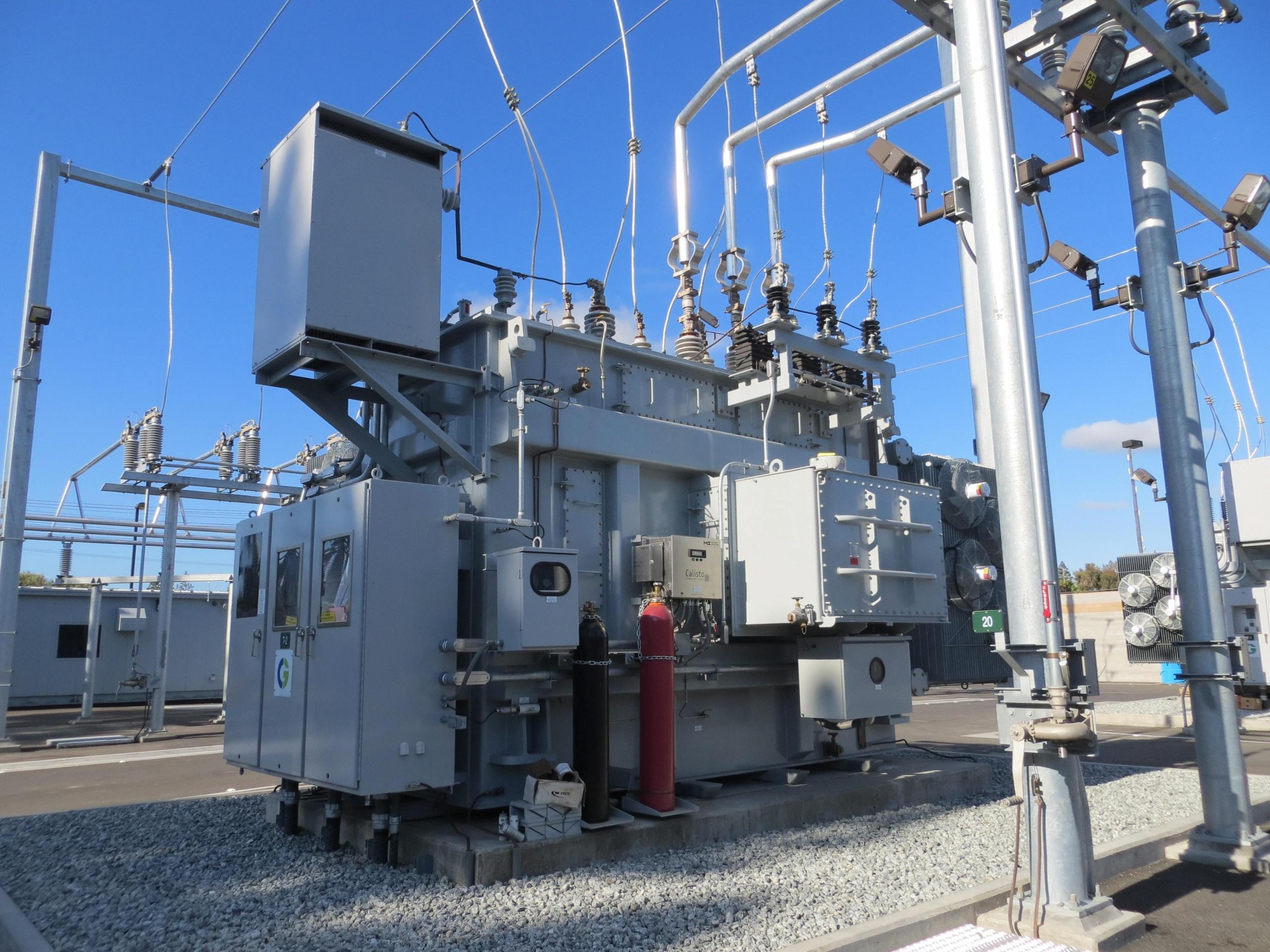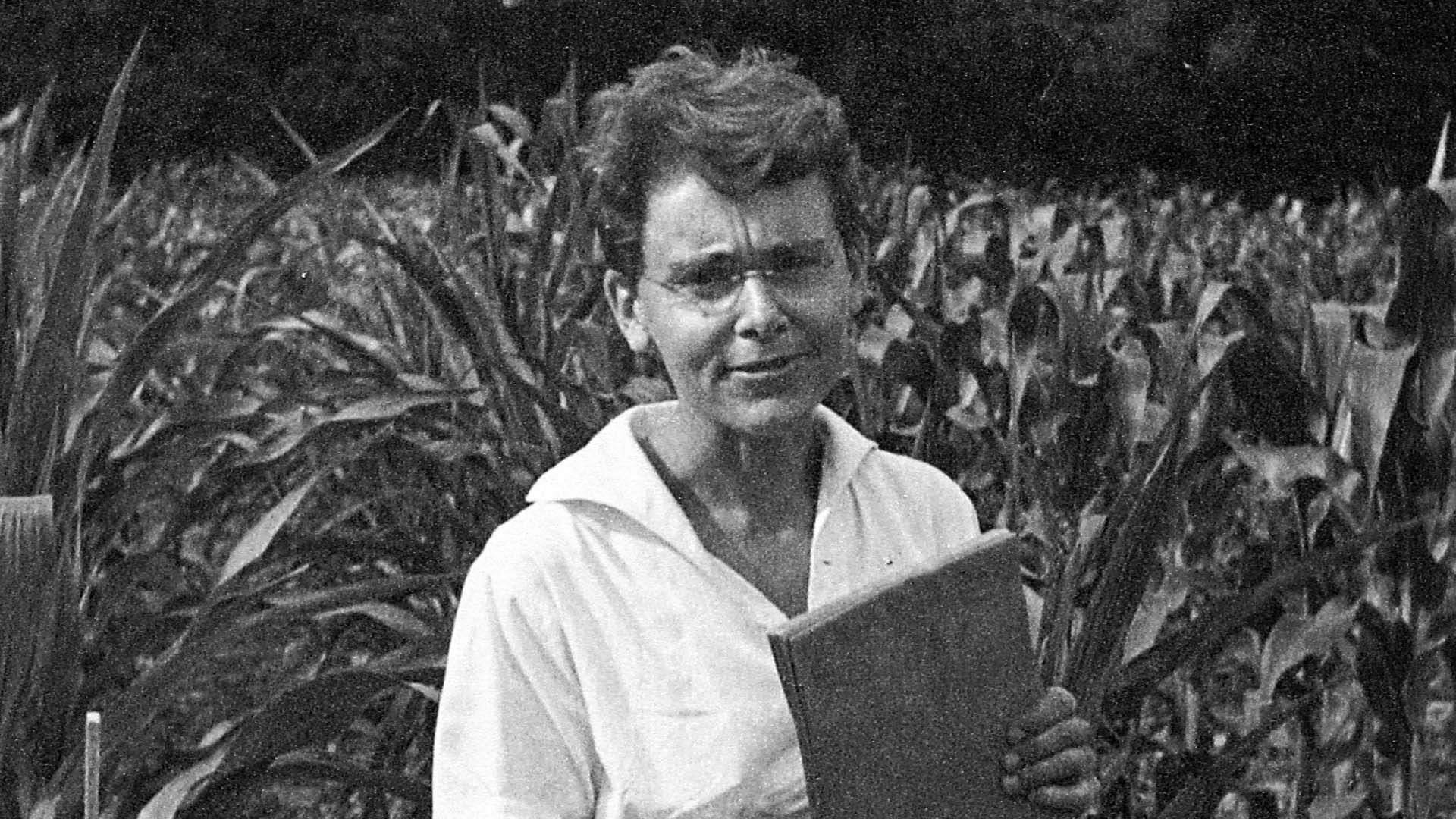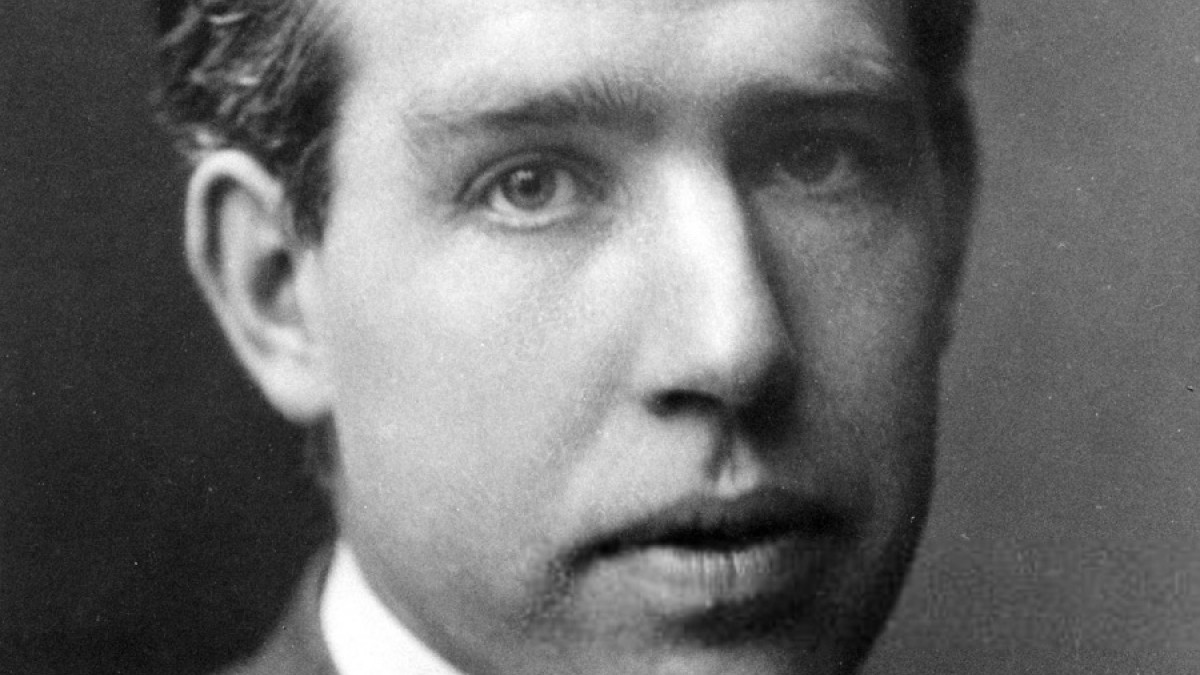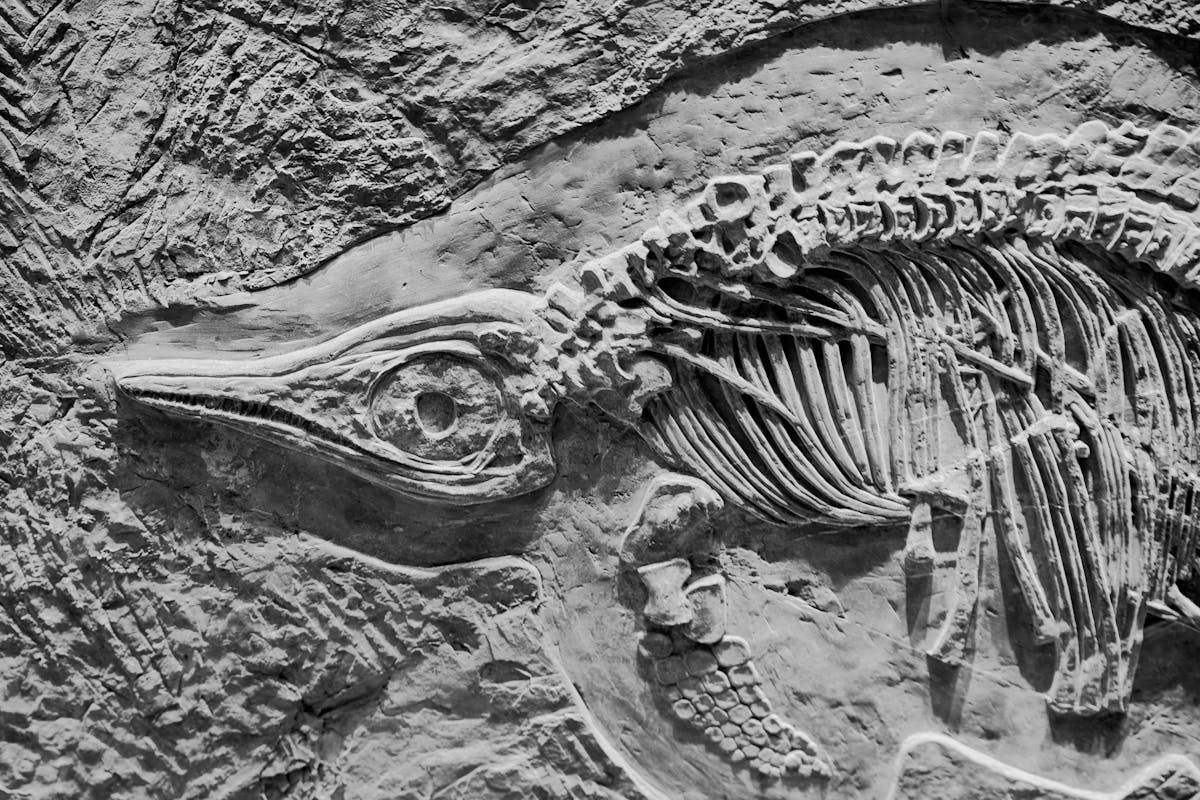Galileo Galilei, a key personality during the Scientific Revolution, is frequently recognized as the “progenitor of contemporary science.” Alive from 1564 to 1642, his contributions significantly altered our comprehension of the natural sphere, the universe, and the methodology of scientific investigation. His achievements extended across fields like physics, astronomy, mathematics, and engineering; however, these innovations also incited strong opposition from established authorities, resulting in his persecution by the Roman Catholic Church. To grasp both his findings and the causes of his troubles, it is crucial to explore the context, importance, and challenging consequences of his work.
Breakthrough Findings in Astronomy and Physics
Galileo’s most celebrated accomplishments center around astronomy and the scientific method. A primary area of impact was his improvement and use of the telescope, a recent Dutch invention. In 1609, he crafted one of the most powerful telescopes of his era, reaching magnifications around 20×. This tool enabled him to observe the heavens with unprecedented clarity, leading to a cascade of discoveries:
1. The Satellites of JupiterIn January 1610, Galileo discovered four celestial bodies circling Jupiter—Io, Europa, Ganymede, and Callisto—now recognized as the Galilean moons. Observing these bodies delivered tangible proof that not all heavenly objects revolve around Earth. This directly questioned the geocentric theories prevalent in Europe, especially the enduring Ptolemaic model, which positioned Earth at the center of the universe.
2. Venus’s PhasesGalileo noted that Venus experiences a complete sequence of phases like those of the Moon. The Ptolemaic system couldn’t explain these phases. Rather, they supported the heliocentric theory by Nicolaus Copernicus, which suggested that planets, Earth included, revolve around the Sun.
3. Surface of the Moon and Sunspots Contrary to the smooth and flawless surface that Aristotle and scholastic traditions claimed, Galileo observed that the Moon was characterized by mountains and craters. Additionally, he recorded sunspots—darker areas on the Sun’s exterior that evolved over time. These discoveries challenged the dominant belief in the unchanging and perfect nature of celestial bodies.
4. Innumerable Stars within the Milky Way Galileo, using his telescope, observed that the Milky Way consisted of thousands of stars, significantly expanding the perceived size and intricacy of the universe.
5. Law of Falling Bodies and Projectile MotionIn physics, Galileo contradicted Aristotelian ideas by conducting experiments (reportedly at the Leaning Tower of Pisa) to show that objects fall at the same rate regardless of mass, neglecting air resistance. He also articulated the law of inertia and refined the understanding of projectile motion, laying groundwork for Newtonian physics.
The Disruptive Impact of Galileo’s Findings
Galileo’s findings did more than just question scholarly concepts; they disrupted a perspective that was firmly rooted in religious, philosophical, and cultural establishments. The Ptolemaic (Earth-centered) model was not merely a scientific structure—it was intertwined with theological beliefs and medieval scholastic thought, heavily influenced by Aristotle.
His observations, publicized in accessible works such as Siderius Nuncius (“Starry Messenger”) and Dialogue Concerning the Two Chief World Systems, excited curiosity but also sparked controversy. The heliocentric model, if accepted, implied that Earth was not the universe’s focal point—a notion that ran counter to scriptural interpretations and long-held beliefs about humanity’s place in creation.
Causes of Galileo’s Prosecution
Several interwoven factors led to Galileo’s persecution by the Roman Catholic Church:
1. Conflict with Scripture-Based CosmologyChurch officials maintained that the Bible explicitly supported a stationary Earth at the universe’s center. Galileo’s support of heliocentrism appeared to contradict passages like Joshua 10:13 (“the sun stood still”), raising accusations of heresy. Critics within the Church argued that scientific outcomes could not override scriptural truths.
2. The Counter-Reformation ClimateThe early seventeenth century marked the height of the Counter-Reformation, where the Roman Catholic Church was vigilant about preserving doctrinal unity in response to Protestant challenges. Copernican theories, and by extension Galileo’s advocacy, were viewed as potential threats to ecclesiastical authority and social order.
3. Personal and Institutional RivalriesGalileo was a persuasive, sometimes combative debater who humiliated academic and clerical opponents in public discussions. His publication Dialogue Concerning the Two Chief World Systems (1632) portrayed supporters of geocentrism as foolish, even attributing the simplest arguments to a character resembling Pope Urban VIII. This affront offended powerful figures who might otherwise have protected him.
4. Official Denunciation and WithdrawalIn 1616, the Church officially deemed heliocentrism “formally heretical.” Despite Galileo’s initial assurance to avoid promoting Copernican theories, he proceeded with his investigations and published writings that indirectly endorsed them. The Inquisition called him in 1633, and faced with the possibility of torture, Galileo withdrew his viewpoints and was placed under house arrest permanently. His publications were prohibited, hindering scientific discourse throughout Europe.
Galileo’s life became a turning point in the conflict between scientific inquiry and religious power. The verdict against him notably stifled the open debate about heliocentrism within Catholic Europe for many years. Nevertheless, his approach—which stressed direct observation, experimentation, and rational analysis—gained wide acceptance. Scientists who followed, such as Isaac Newton, heavily relied on Galileo’s contributions.
Legacy for the science of today
Centuries afterwards, the Church re-examined the Galileo incident. In 1758, the restriction on books about the heliocentric theory was removed. Particularly significant is the official recognition by Pope John Paul II in 1992 that the Church had made a mistake in its treatment of Galileo’s situation.
Galileo Galilei’s discoveries did more than advance knowledge; they illuminated the profound challenge inherent in questioning established paradigms. His persecution illustrates not simply a historical clash between science and religion, but the complexities that arise when revolutionary ideas confront entrenched authority and worldview. The echo of his struggles can be traced through modern debates over scientific thought and freedom of inquiry, highlighting the nuanced interplay between discovery, culture, and power.



